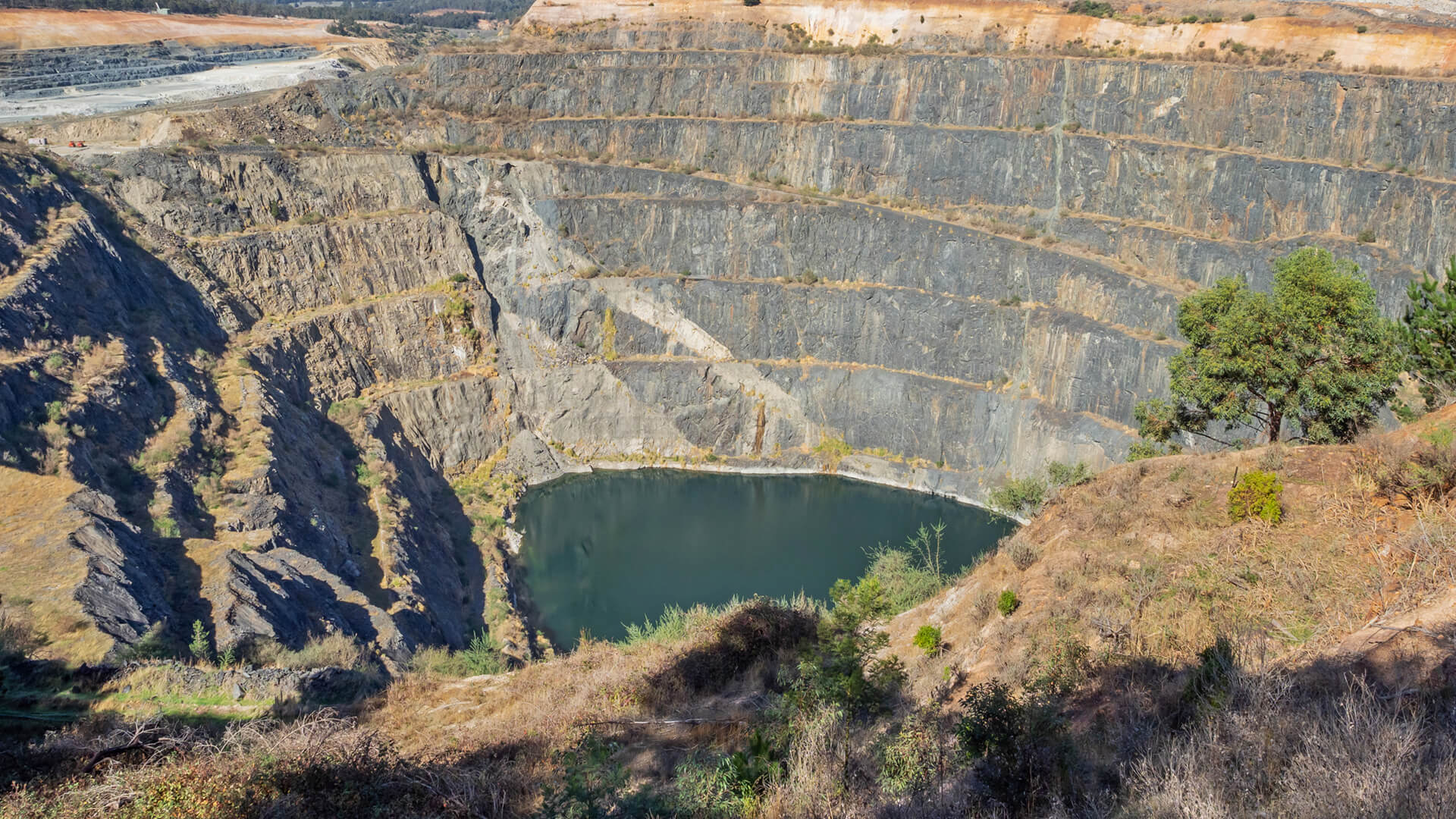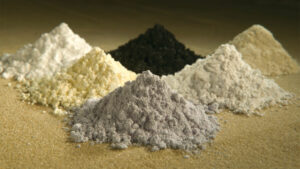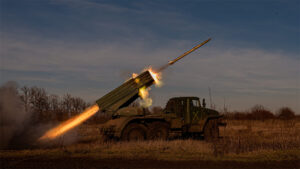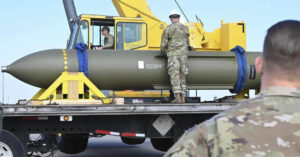Well, it sounds like the US finally decided to join in on the fun and make a lithium discovery of their own. This deposit is – supposedly – the largest ever, and it is located in the McDermitt Caldera near the Oregon-Nevada border.
I want to make clear that these are only estimates, so don’t pop the bubbly quite yet. On top of that, permitting and infrastructure buildout will take years to complete. Even when all that is done, lithium’s battery chemistry remains sub-optimal and has several limitations.
Despite these challenges, the McDermitt Caldera lithium deposit has the potential to shake up the industry. The US needs to balance this discovery with investments in researching better battery chemistry alternatives.
Here at Zeihan On Geopolitics we select a single charity to sponsor. We have two criteria:
First, we look across the world and use our skill sets to identify where the needs are most acute. Second, we look for an institution with preexisting networks for both materials gathering and aid distribution. That way we know every cent of our donation is not simply going directly to where help is needed most, but our donations serve as a force multiplier for a system already in existence. Then we give what we can.
Today, our chosen charity is a group called Medshare, which provides emergency medical services to communities in need, with a very heavy emphasis on locations facing acute crises. Medshare operates right in the thick of it. Until future notice, every cent we earn from every book we sell in every format through every retailer is going to Medshare’s Ukraine fund.
And then there’s you.
Our newsletters and videologues are not only free, they will always be free. We also will never share your contact information with anyone. All we ask is that if you find one of our releases in any way useful, that you make a donation to Medshare. Over one third of Ukraine’s pre-war population has either been forced from their homes, kidnapped and shipped to Russia, or is trying to survive in occupied lands. This is our way to help who we can. Please, join us.
Transcript
Hey everybody. Peter Zeihan here coming to you from Colorado. A lot of you have written in asking me what I think about this new supposedly lithium deposit that has been found near the Oregon Nevada border. That’s in a place called the Mcdermitt Caldera, which, if you’re familiar with plate tectonics, is where the Yellowstone supervolcano used to be. Basically, the Yellowstone supervolcano is a hotspot, and this is where it was ages ago.
Anyway, volcanoes bring stuff up from the mantle and even the core, and they tend to be a little interesting from human point of view. And so the minerals in the caldera are undoubtedly interesting and supposedly they found a whole lot of lithium. But if the estimates prove true, it will be the world’s single largest deposit, bigger than what is in Chile or Bolivia or Argentina or Australia for that matter.
So, you know, potentially groundbreaking. And I think this is great, obviously, but for things to keep in mind, number one perspective, estimated potential real exploration has not yet been done. And until it does, you know, don’t count those chickens. Number two, let’s assume that it’s as good as we think it is. Well, you still have to build the mine.
And from the day that all the permits are approved to the day that you get first large scale production, it’s still going to be in excess of four years out in the permitting process. You’re going to add another 2 to 3. And a lot of this is on Native American land. So there’s a whole nother level of politics and negotiation that goes into it.
So I would be surprised, even in the best case scenario, if we saw a meaningful output out of this thing in less than eight years, ten is probably more likely. So the chicken counting is going to have to wait third. Let’s say we manage to get all this out of the ground and it looks really promising. Well, then you have lithium or it still needs to be processed into some sort of intermediate form, like concentrate.
And only then can it be refined into metal, and only then can it be turned into things like batteries. So there’s an entire manufacturing supply chain that has to be built up. Now the United States is starting on this. We’re working with the Australians on some of this, but this is again something that takes a minimum of 2 to 4 years to get going at scale.
I would argue that we should work on the processing regardless that way, even if this new source of or doesn’t work out, we can still tap water from places like Chile or Argentina and have more and more of the supply chain within the Western Hemisphere. Okay. What else? Oh, yeah. One more thing. Lithium sucks. I mean, we use it as our dominant battery chemistry because we don’t have anything better, but it’s not particularly energy dense.
It can only work for so many recharge cycles, and it tends to swell and heat up when you use it. So it can start fires, which is one of the many, many, many, many, many reasons why on flights they tell you that if you have a lithium battery, don’t put it in your checked bag because no one’s down there to check on it.
You have to carry it with you. Hopefully over the next decade we will figure out a and easier battery chemistry, maybe even one that’s a little bit more, I don’t know, environmentally friendly because the mining and refining that’s necessary to do lithium at scale is pretty messy. We need several hundred billion dollars into new materials science research for GreenTech and in none of the subfields is it more important than figuring out something that works for batteries better than lithium?
But until that happens, lithium is the best that we have. So this Mcdermitt Caldera, the Thacker Pass mine area, looks promising.








